“Music is the silence between the notes.”
Claude Debussy
Like a bar of music, a kettlebell swing has points we aim to hit on different beats. The difference between a messy, choppy swing and one that is powerful and graceful, lies in its rhythm. When looking at a swing or other ballistic drills, it can be hard to find ‘the silence between the notes’ that makes it flow.
For me, the silences are the pauses, or isometrics, in the movement. The rhythmically repetitive nature of the swing is coordinated by finding two set isometric positions. These are held only briefly, it is true, but without them, the rhythm of the movement is lost.
Pause For Thought
The first pause and set position is found during the setup for the swing. As Fabio Zonin says, “your setup is your first rep,” and finding the bottom of the hip hinge here is critical to setting the stage for a good hike with the kettlebell.
This hike is in turn critical for setting the latissimus dorsi (lats) to connect the upper and lower halves of the body. Once both halves are connected, a forceful hip extension can occur, and power can be moved through the body and into the bell in an efficient and linked manner.
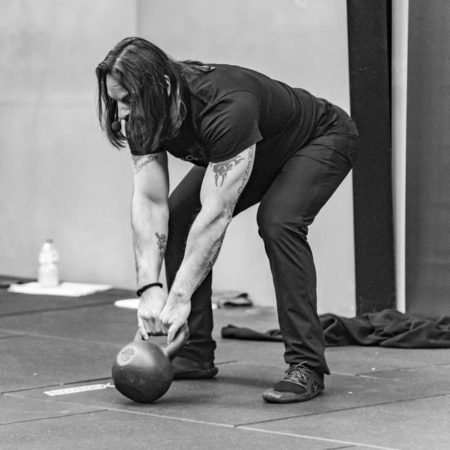
As previously discussed, you should stand close enough to the kettlebell so that you can find your hinge position first and then reach for the kettlebell. What I did not discuss in that article—and where I have seen some mistakes made—is when the student loses the hinge position during the hike so their hips rise up and come forward. This shortens the hike and the hip range of motion.
To counter this, we can isolate the hinge and hike during a drill like the Dead Swing, introduced by Mark Reifkind, Master StrongFirst Certified Instructor.
As you can see in the video, we set up and then perform 3-5 ‘hinge-and-hikes’ without continuing into the hip extension. Once the student has a solid feeling for that hinge position, the final rep can continue to the full Dead Swing. In-depth coaching of the Dead Swing is part of the online StrongFirst Kettlebell Fundamentals course.
The Pause That Refreshes
The second pause in ballistics is the ‘standing plank’ at the finish of the hip extension. This is where we enjoy the float of the swing, or catch the kettlebell(s) in the solid rack of the clean, or wait as the kettlebell arrives overhead in the snatch. This standing isometric is critical to allowing the power of the hips to arrive at the finish, whether in the swing, clean, or snatch.
A common mistake here is to rebound out of the top position and either lose the hip extension too soon or begin the hinge too soon. The StrongFirst plank can be an excellent tool to correct this, but the devil is in the details and the plank must look like a perfectly straight line from ear to ankle at the finish of the ballistic portion.
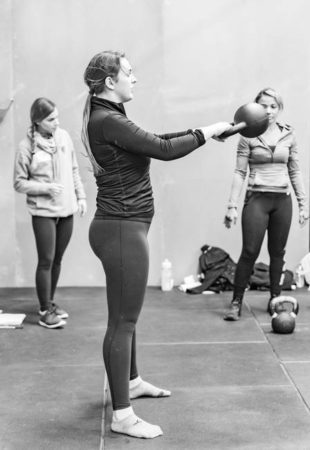
Too often, the plank becomes rounded in the upper back, or soft in the hips or legs, or arched in the lower back. So take your time to find the perfect plank that provides the perfect finish to the ballistic. A word of advice here: set the position more than the tension. A good cue for both the finish of a kettlebell ballistic and the plank is to make yourself tall. How tall are you? Be that tall in the plank and in the finish of your ballistic.
Why Are These Two Pauses Important?
Our first pause, the hinge-and-hike position, not only sets a solid base to begin the set, but we return to this position during the eccentric portion of the ballistic. This is where the magic of the loaded eccentric and quick redirection of force occurs. It is the magic moment, in my opinion. Not forgetting, it is also where the breath and intra-abdominal pressure is set and re-set for every rep.
For our second pause, the standing plank, it is where we hold the position and move energy through the body to our intended target; not dissimilar to a punch, or a kick—or “steering our strength,” as McGill refers to it—the standing plank is where the power produced is realized.
Why Do We Lose the Pauses?
Typically, we lose the pauses because our reps per minute (RPMs) climbed too high. The power in the swing (or the music in the pauses) is to be found in the rhythm of each repetition finding the two isometrics and not blurring them. High RPMs begin to look like panic instead of athletic power.
One Rep at a Time
Practice the hinge-and-hike, the Dead Swing, and the StrongFirst plank while finding the pauses in the music of the kettlebell ballistics. Join us on the forum to share your experiences.
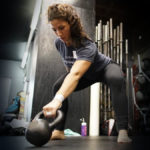
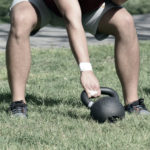
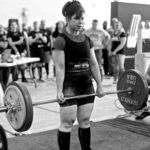





I’ve been working on kettlebell high pulls and feel like the pauses are at the hinge, plank, the “row” and then the “punch.” I feel good with a 24 but I think the crispness of the “pauses” are lost when I use a 32kg. Are there tips to improve this?
We typically use the high pull as a drill to improve the skill of Snatching the kettlebell—although the two kettlebell high pull can be a good drill on its own.
In this case I would go back to one-arm swings with the 32 or 36kg and make sure the power from the hips is sufficient to power the high pull.
Will do. Thank you.
Thanks for the great article, Brett. Using this advice the last few days for my swings has made a real difference. I am swinging with more power and finally appreciating the music between the noted at the top. This should be required reading for everyone after they have the basic mechanics down.
Excellent Tim!
Straight forward, clear instruction. Thank you.
Thank you Bruce